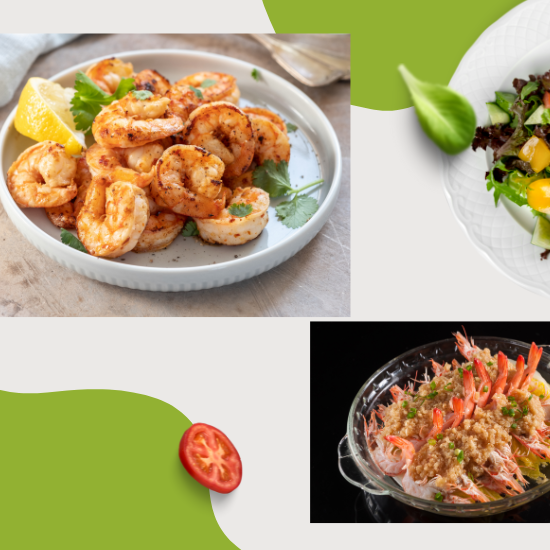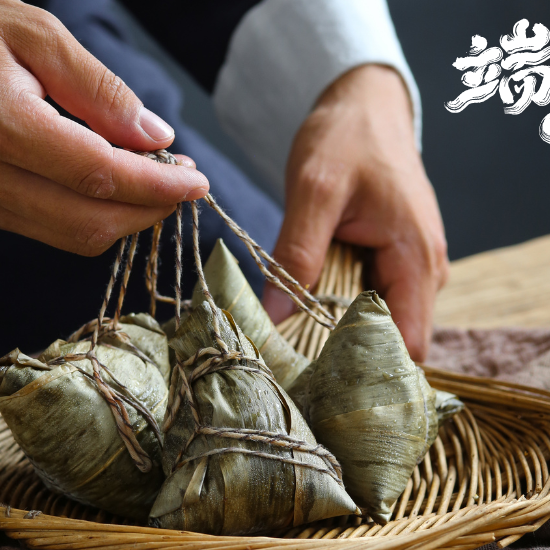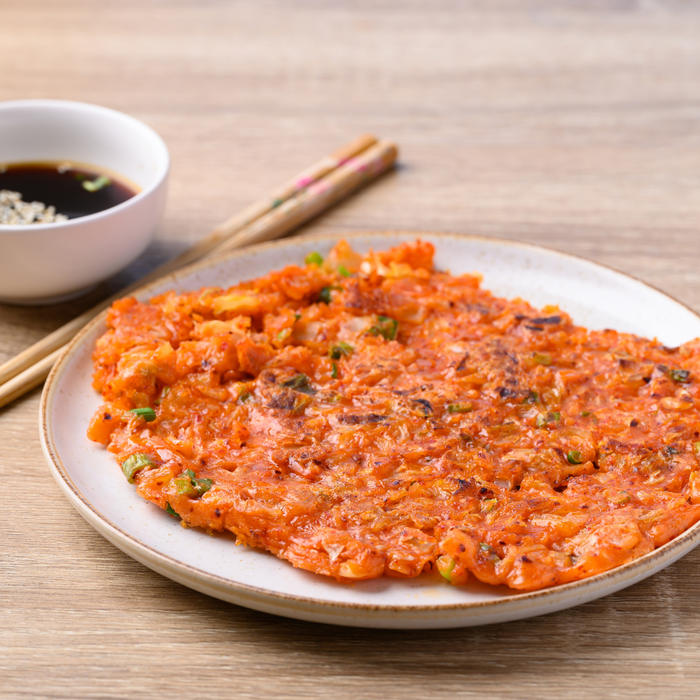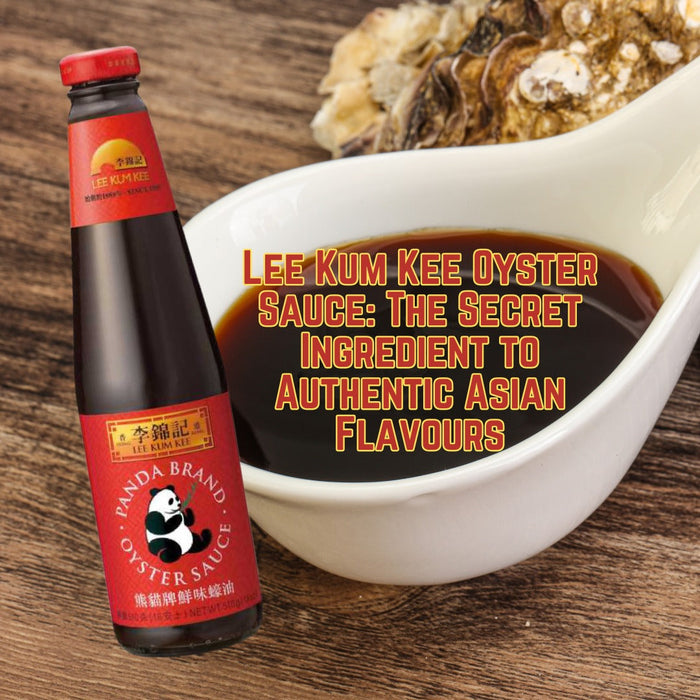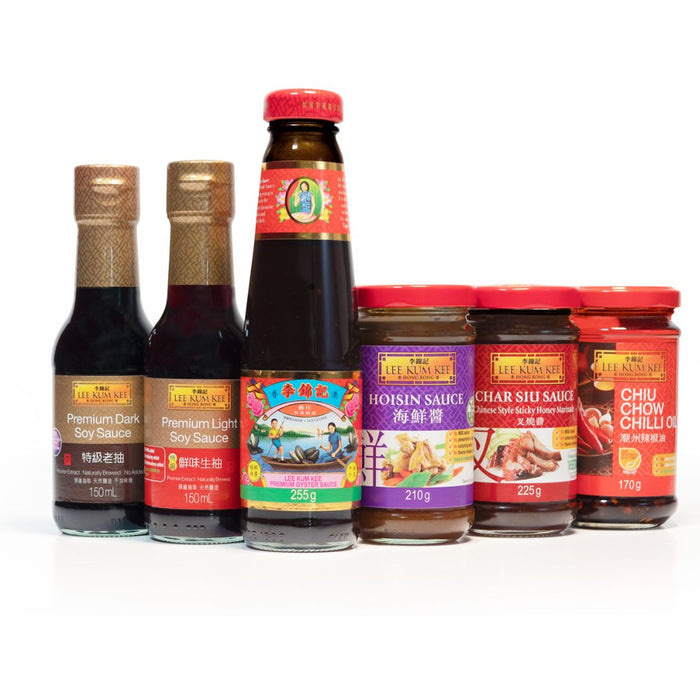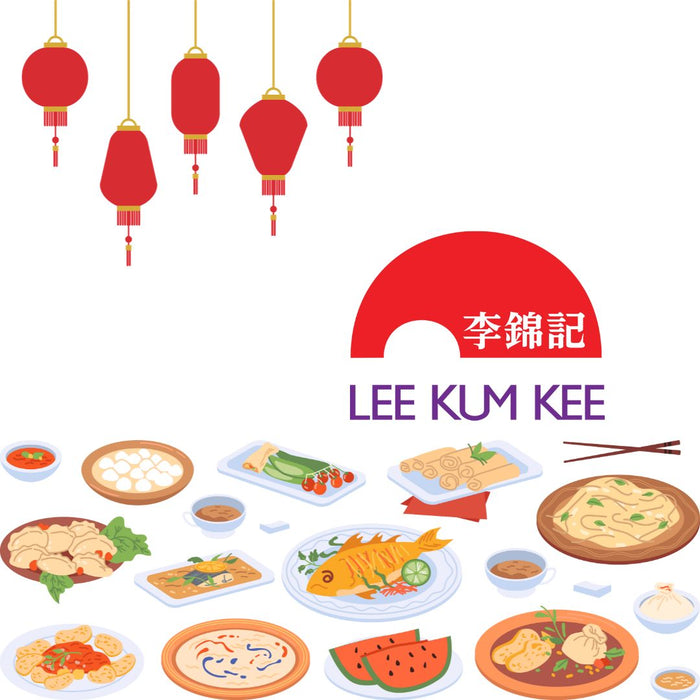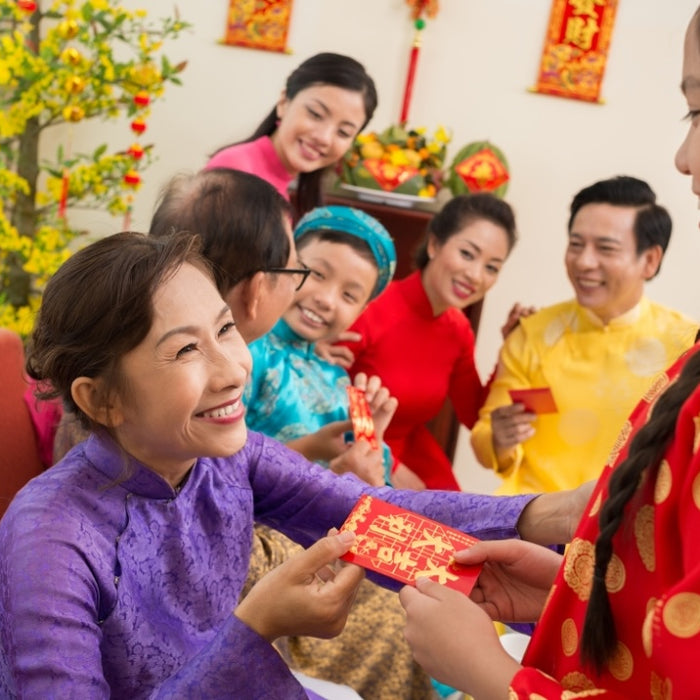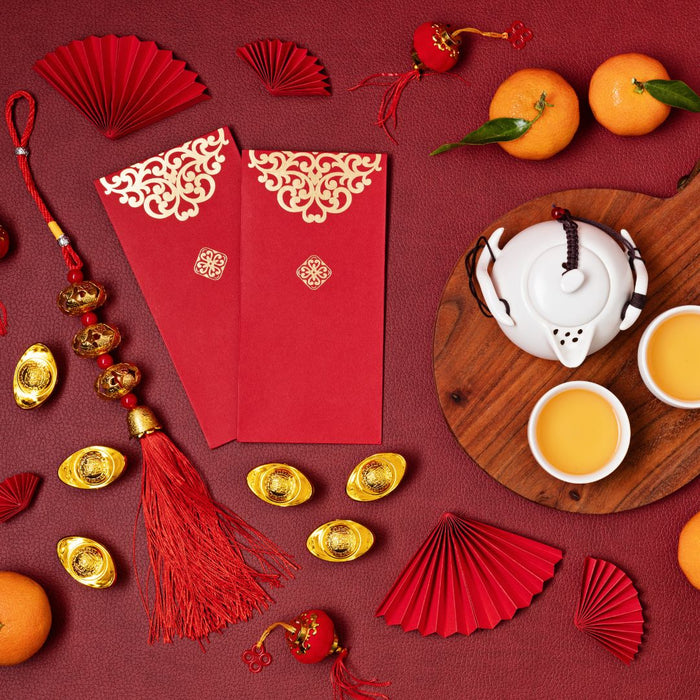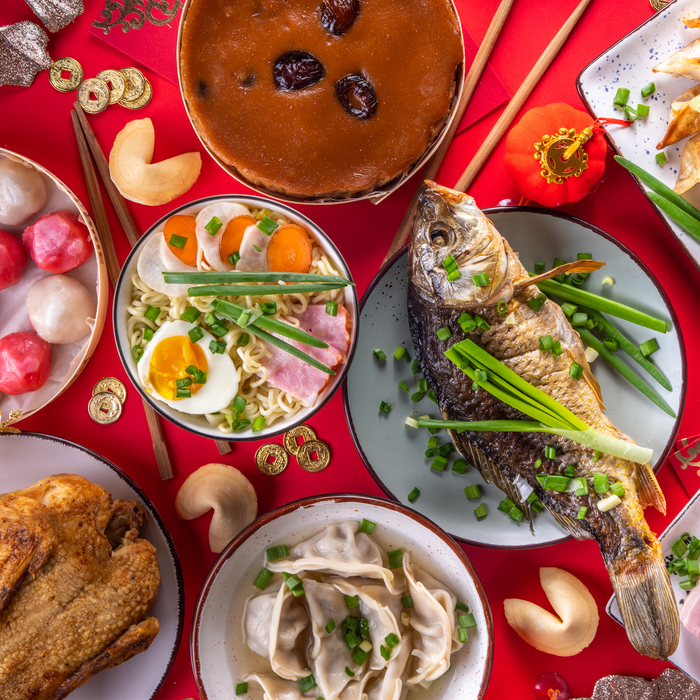Dive into a celestial journey of taste as we unravel the mystique of mooncakes, a beloved Asian delicacy. These traditional beauties have a rich history born under the silvery moonlight of ancient China, carrying tales of secret messages and national unity. But it's not just the folklore that’s enthralling; their unique ingredients are equally alluring. Together, let's embark on a lunar exploration to peek inside these enticing pastries and discover what makes them an irresistible delight during the Mid-Autumn Festival. Engage your taste buds as we uncover the delicious secrets behind every velvety bite of mooncakes – a gastronomic voyage that’s certain to leave you craving for a taste of this celestial treat!
Traditional mooncakes typically include ingredients such as lotus seed paste, salted egg yolks, golden syrup, and lye water. Other popular ingredients include red bean paste, green tea, mixed nuts, and mung bean paste. The dough is made with flour, vegetable oil or lard, and sugar or a sweetener like golden syrup. Different regions and cultures may have variations on these basic ingredients depending on their traditions and tastes.
Unveiling Traditional Mooncake Ingredients
Mooncakes, the beloved delicacies synonymous with the Mid-Autumn Festival, are not only a treat for the taste buds but also a tantalising exploration of flavours and textures. To truly uncover the delicious secrets of mooncake ingredients, we must delve into the traditional components that make these pastries so special. From fragrant lotus paste to rich salted egg yolks, each ingredient plays a unique role in creating the exquisite taste profile that mooncakes are renowned for.
Let's start with the dough, the foundation of every mooncake. Tradition calls for a delicate balance of flour, oil, and sweeteners. The choice of flour is often cake flour, which offers just the right amount of gluten to create a tender pastry without becoming tough. This ensures a soft and smooth texture when biting into a mooncake. Moving on to sweeteners, golden syrup takes centre stage. Unlike regular sugar, golden syrup retains moisture, enhances shelf life, and absorbs any excess oil from the fillings. Additionally, it lends a subtle hint of sweetness and imparts a beautiful golden hue to the crust.
Imagine taking your first bite into a perfectly baked classic Cantonese-style mooncake - the velvety smoothness of the lotus paste melding with the delicate richness of salted egg yolks encased in an aromatic yet subtly sweet crust. It's an explosion of flavours that instantly transports you to festive joy and heartwarming memories.
Now that we've uncovered some secrets behind the traditional dough, let's move on to explore essential components: flour and sweeteners.
Essential Components: Flour and Sweeteners
As mentioned earlier, choosing the right type of flour is key to achieving the desired texture for mooncakes. Cake flour is preferred due to its lower protein content compared to all-purpose flour, ensuring a more tender crumb without creating a tough or chewy crust. This allows the mooncake to retain its softness while providing enough structural integrity to encase the fillings.
When it comes to sweeteners, golden syrup is the star ingredient in mooncake dough. Its unique properties of retaining moisture and extending shelf life make it an ideal choice for preserving the freshness of these pastries. Moreover, golden syrup adds a subtle sweetness that complements the flavours of the fillings without overpowering them. The golden hue it imparts to the mooncake crust also enhances its visual appeal.
With a solid understanding of the essential components of mooncake dough, we can now explore the various regional variations in ingredients that add even more diversity and complexity to these delectable treats.
Variations in Ingredients Across Regions
Just as different cultures have their unique culinary traditions, mooncakes also exhibit a delightful assortment of flavours and fillings that vary across regions. These regional variations in mooncake ingredients add to the allure and make each bite an exciting culinary adventure.
In Northern China, for example, it is common to find mooncakes with fillings like red bean paste, lotus seed paste, or jujube paste. These fillings are often subtly sweet and pair well with the buttery pastry. In contrast, Southern China boasts a wider range of flavours, such as the famous salted egg yolk filling or the ever-popular five kernel filling known as "wu ren."
Moving further west to Macau and Hong Kong, you'll encounter mooncakes with innovative flavours like custard, pandan, black sesame, or durian. These unique fillings showcase the creativity of local bakers who strive to push the boundaries of traditional mooncakes.
Picture yourself strolling through the bustling streets of Macau during the Mid-Autumn Festival, enticed by aromatic aromas wafting from bakeries on every corner. As you wander into one such bakery, your eyes widen at the sight of a display filled with mooncakes featuring intriguing flavours like matcha cream cheese or mango pomelo sago.
Aside from regional variations within China itself, other countries that celebrate the Mid-Autumn Festival have also put their own spin on mooncake fillings. In Malaysia and Singapore, for instance, it is not uncommon to discover mooncakes filled with green tea paste, black sesame paste, or even ice cream!
With an array of regional variations in mooncake ingredients across different cultures and cities, it's clear that these delectable treats have evolved and adapted to suit various palates. Now let's take a closer look at some unique mooncake fillings that make these pastries truly one-of-a-kind.
- The Food and Agricultural Organisation of the United Nations reports that the lotus seeds, one of main ingredients used for fillings in mooncakes, has a yearly yield of over 300,000 metric tonnes worldwide.
- According to a 2019 survey by the Hong Kong Consumer Council, the calorie content of a traditional lotus seed paste mooncake with egg yolk can be as high as 790 calories, which is roughly one-third of an adult's daily caloric intake.
- A study from China National Food Industry Association states that approximately 280 million kilogrammes of mooncakes were consumed during the Mid-Autumn festival season in 2020.
Exploring Unique Mooncake Fillings
When it comes to mooncakes, the fillings play a crucial role in determining their flavours and textures. While traditional fillings like lotus seed paste and red bean paste remain beloved classics, many creative bakers have crafted unique fillings to surprise and delight mooncake enthusiasts.
One such example is the snow skin mooncake, which gained popularity in recent years. Unlike its baked counterparts, snow skin mooncakes have a soft, slightly chewy texture thanks to their glutinous rice flour-based skin. These mooncakes often come filled with innovative flavours like matcha, taro, yam, or even fruity combinations like lychee and raspberry.
Imagine savouring a piece of delicate snow skin mooncake with a bright green matcha filling. Its velvety smoothness and earthy undertones transport your taste buds to an enchanting Japanese tea ceremony, evoking a sense of tranquillity and bliss.
Another intriguing mooncake filling gaining attention is the salted caramel custard. With a perfect balance between sweet and salty, this modern creation captivates lovers of both caramel treats and traditional mooncakes. The smooth caramel custard oozes out as you take a bite, adding a luscious and irresistibly indulgent element to the mooncake experience.
Whether it's the traditional favourites or the innovative new creations, exploring unique mooncake fillings allows you to embark on a flavoursome journey during the Mid-Autumn Festival. As various cultures infuse their creativity into these treats, each bite becomes an opportunity to discover new tastes and evoke fond memories.
The Role of Eggs in Mooncakes
Eggs play a vital role in the creation of delectable mooncakes, bringing both flavour and symbolism to these traditional treats. In mooncake recipes, eggs are typically used in two forms: whole cooked eggs and salted egg yolks. Let's explore the significance of each in the world of mooncakes.
As we bite into a mooncake, we encounter the rich flavour and texture brought forth by the inclusion of whole cooked eggs. These eggs are often hard-boiled before being added to the filling or as a decorative topping on the cake. Their addition provides a pleasant contrast to the sweetness of other ingredients, adding depth and dimension to each bite.
But it is the salted egg yolks that truly steal the show and bring an element of surprise to every mooncake. Salted egg yolks are made by curing raw egg yolks in a mixture of salt and sometimes other seasonings. The result is a semi-solid, rich, and savoury yolk that complements the sweetness of ingredients like lotus paste or red bean paste.
The incorporation of salted egg yolks stems from cultural symbolism. In Chinese culture, the round shape of mooncakes represents unity and completeness, much like a full moon during the Mid-Autumn Festival. The golden yellow colour of salted egg yolks is reminiscent of the full moon itself, making their presence within mooncakes all the more symbolic.
The combined taste and symbolic significance make eggs an indispensable ingredient in traditional Cantonese-style mooncakes. They elevate the overall flavour profile while giving each bite a delightful interplay between sweet and savoury notes.
- Eggs are a crucial ingredient in Cantonese-style mooncakes due to their unique flavour and cultural symbolism. Whole cooked eggs add depth and texture, while salted egg yolks bring a surprising savoury note that complements the sweetness of other ingredients. The round shape and golden yellow colour of salted egg yolks also represent unity and completeness, making them cherished components of the Mid-Autumn Festival tradition. Overall, the incorporation of eggs elevates the taste and meaning of mooncakes, making them an indispensable part of this holiday celebration.
Incorporation of Nuts and Spices
To truly uncover the delicious secrets of mooncake ingredients, we must also explore the creative use of nuts and spices within these exquisite treats. The incorporation of nuts brings a delightful crunchiness and adds depth to the overall flavour profile.
One popular nut commonly used in mooncakes is the melon seed. These small, flat seeds have a subtly sweet and nutty flavour. They are often roasted before being incorporated into the filling, adding a delicate and satisfying crunch. Melon seeds provide a textural contrast to the smoothness of lotus paste or other fillings, enhancing the overall sensory experience.
In addition to nuts, spices play a crucial role in infusing mooncakes with distinctive flavours and aromas. Common spices found in mooncakes include cinnamon, star anise, and cloves. These warm and aromatic spices add complexity and depth to the sweetness of mooncake fillings, creating a harmonious balance of flavours.
The use of these ingredients varies across different regions and even among individual bakers, allowing for endless creativity and innovation. Some mooncake variations may feature additional ingredients like sesame seeds, almonds, or even black sesame paste, further enriching the flavour profile and providing unique sensory experiences.
Whether it's the crunchy texture of melon seeds or the warm notes of cinnamon, nuts and spices bring an extra dimension to mooncakes that delights the taste buds and adds layers of complexity to this beloved treat.
International Versions of Mooncakes: A Comparative Study
Mooncakes, with their rich history and cultural significance, have evolved into various regional adaptations around the world. These international versions bring unique flavours and ingredients to the traditional treat. Let's embark on a comparative study to uncover the differences and similarities between these diverse mooncake variations.
In Southeast Asia, countries like Malaysia and Singapore have introduced their own twists to the classic mooncake. Here, you'll find flavours like durian, pandan, and even snow skin mooncakes made with exotic ingredients. These creations offer a delightful fusion of local tastes while retaining the essence of the traditional mooncake.
Meanwhile, in Japan, mochi mooncakes have gained popularity. Made from sticky rice flour, these mooncakes have a soft and chewy texture that sets them apart from their traditional counterparts. They often come filled with red bean paste or matcha-flavoured fillings. The combination of Japanese culinary techniques with Chinese mooncake traditions creates a truly unique experience.
In my travels to Thailand last year, I was surprised to discover the Thai-style "Foo Thong" mooncakes. These delicate pastries are made with shredded egg yolks and sugar syrup, resulting in an intricately woven appearance reminiscent of golden threads. With a subtly sweet taste and fine texture, Foo Thong mooncakes provide a refreshing departure from the conventional types.
While exploring the international versions of mooncakes can be an exciting gastronomic adventure, it's important to appreciate these variations while also cherishing the cultural heritage behind the original recipe. These innovations allow us to celebrate diversity while honouring age-old traditions.
Now that we've explored the international adaptations of mooncakes, let's shift our focus towards an equally important aspect – health and dietary considerations in mooncake ingredients.
Health and Dietary Considerations in Mooncake Ingredients
Traditional Chinese mooncakes are undeniably delicious treats; however, it's worth considering the health and dietary implications of the ingredients used. Many traditional mooncakes are high in sugar, fat, and calories, making them a indulgent delight best enjoyed in moderation.
A typical mooncake can contain around 800 to 1,000 calories, which is roughly half the daily caloric intake for an average adult. Additionally, the high sugar content may not align with certain dietary restrictions or preferences.
For those who are health-conscious or have specific dietary needs, there are now healthier options available. Some bakeries offer low-sugar or no-sugar-added mooncakes that use natural sweeteners like stevia or monk fruit extract. These alternatives allow individuals to enjoy the festive spirit of mooncakes without compromising their dietary goals.
Furthermore, some mooncakes cater to specific dietary restrictions such as vegan or gluten-free diets. These versions replace traditional ingredients like eggs and wheat flour with plant-based substitutes, ensuring that everyone can partake in the joy of mooncake festivities.
It's also worth noting that homemade mooncakes provide an opportunity to control the ingredients used and customise the recipe according to personal preferences. By using healthier alternatives for sweeteners, oils, and fillings, individuals can transform the traditional treat into a more wholesome option without sacrificing flavour.
As we continue to embrace new interpretations of mooncakes around the world and pay attention to our health and dietary needs, it's important to remember that enjoying traditional mooncakes in moderation during festive occasions is a perfectly acceptable way to celebrate. After all, they are more than just delicious pastries – they symbolise unity, family, and cultural heritage.
Shop Mooncakes
